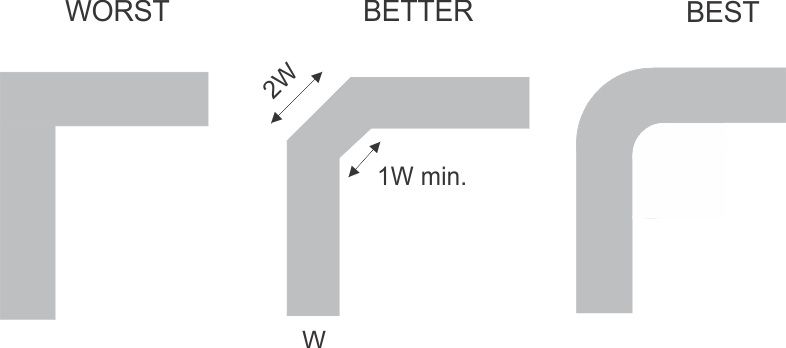JAJSUQ7B June 2024 – September 2024 TMUXS7614D
PRODUCTION DATA
- 1
- 1 特長
- 2 アプリケーション
- 3 概要
- 4 Pin Configuration and Functions
-
5 Specifications
- 5.1 Absolute Maximum Ratings
- 5.2 ESD Ratings
- 5.3 Thermal Information
- 5.4 Recommended Operating Conditions
- 5.5 Source or Drain Current through Switch
- 5.6 Electrical Characteristics (Global)
- 5.7 Electrical Characteristics (±15 V Dual Supply)
- 5.8 Switching Characteristics (±15 V Dual Supply)
- 5.9 Electrical Characteristics (±20 V Dual Supply)
- 5.10 Switching Characteristics (±20 V Dual Supply)
- 5.11 Electrical Characteristics (+37.5 V/–12.5 V Dual Supply)
- 5.12 Switching Characteristics (+37.5 V/–12.5 V Dual Supply)
- 5.13 Electrical Characteristics (12 V Single Supply)
- 5.14 Switching Characteristics (12 V Single Supply)
- 5.15 SPI Timing Characteristics (2.7 V to 5.5 V)
- 5.16 SPI Timing Characteristics (1.8 V to 2.7 V)
- 5.17 Timing Diagrams
- 5.18 Typical Characteristics
- 6 Parameter Measurement Information
- 7 Detailed Description
- 8 Application and Implementation
- 9 Device and Documentation Support
- 10Revision History
- 11Mechanical, Packaging, and Orderable Information
パッケージ・オプション
デバイスごとのパッケージ図は、PDF版データシートをご参照ください。
メカニカル・データ(パッケージ|ピン)
- ZEM|30
サーマルパッド・メカニカル・データ
発注情報
8.5.1 Layout Guidelines
When a PCB trace turns a corner at a 90° angle, a reflection can occur. A reflection occurs primarily because of the change of width of the trace. At the apex of the turn, the trace width increases to 1.414 times the width. This increase upsets the transmission-line characteristics, especially the distributed capacitance and self–inductance of the trace which results in the reflection. Not all PCB traces can be straight; therefore, some traces must turn corners. Figure 8-4 shows progressively better techniques of rounding corners. Only the last example (BEST) maintains constant trace width and minimizes reflections.
 Figure 8-4 Trace Example
Figure 8-4 Trace ExampleRoute high-speed signals using a minimum of vias and corners which reduces signal reflections and impedance changes. When a via must be used, increase the clearance size around it to minimize its capacitance. Each via introduces discontinuities in the signal’s transmission line and increases the chance of picking up interference from the other layers of the board. Be careful when designing test points; through-hole pins are not recommended at high frequencies.
Some key considerations are as follows:
- Keep the input lines as short as possible.
- Use a solid ground plane to help reduce electromagnetic interference (EMI) noise pickup.
- Do not run sensitive analog traces in parallel with digital traces. Avoid crossing digital and analog traces if possible, and only make perpendicular crossings when necessary.
- Using multiple vias in parallel will lower the overall inductance and is beneficial for connection to ground planes.